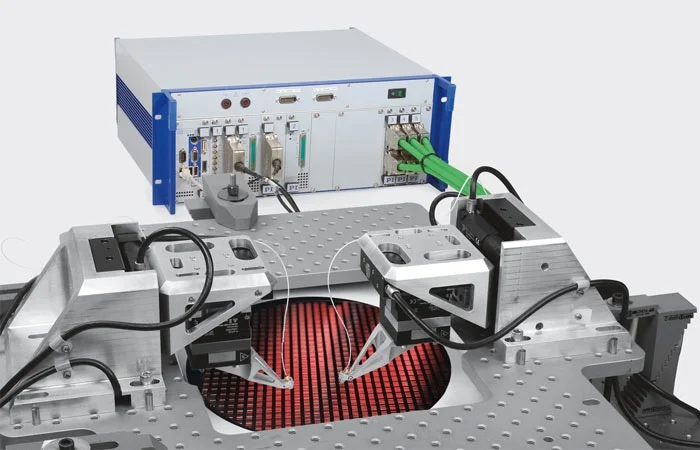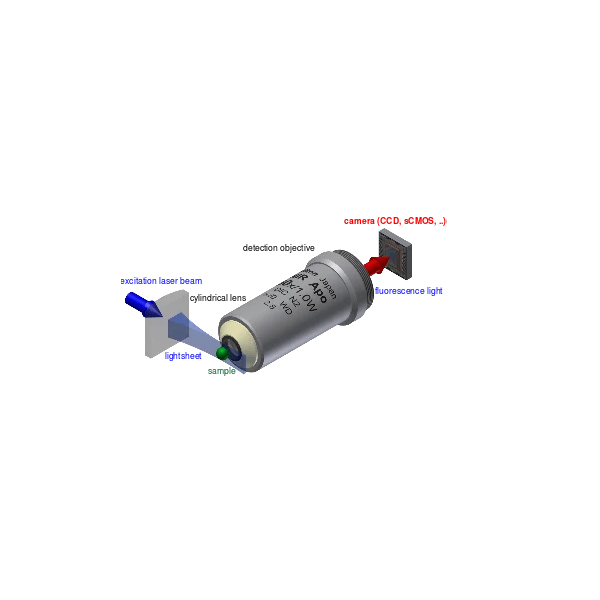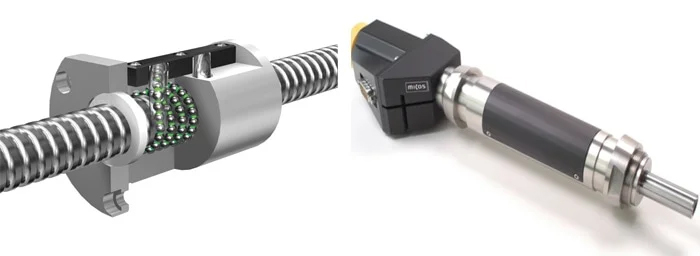Advances in the technology and medical sector are heavily depending on faster, smaller and smarter precision motion control and positioning equipment. Design engineers now have access to a growing spectrum of options to improve production processes with new types of nano-precision mechanisms, and novel position sensing and force feedback technologies. Applications include mission-critical deployments in laser micro-machining, micro-assembly automation, optical inspection, semiconductor metrology, photonics components test & alignment applications to name a few.

Silicon Photonics (SiP), the convergence of photonics and semiconductors promises a leap in data throughput, parallelism and energy efficiency. Wafer level testing and packaging economics both demand extraordinary speed and parallelism. This is achieved by a combination of motorized and piezoelectric drive technologies along with high-speed, firmware-based search and align algorithms. (Image )
A similar feedback loop of application-demand-and-industry-response animates the laboratory research market, where rapidly advancing scientific endeavors demand ever finer and faster control of motion. Here, we see advanced motion technologies at the foundation of current Nobel-winning super-resolution microscopies, single-molecule biophysics investigations, and the latest photonics and materials developments.

igital light sheet microscopy can provide time resolved 3D images of biological processes, critical for progress in neuroscience research. In addition to lasers and optics, it relies on several advanced precision positioning technologies. (Image: Wikipedia)
Today’s broadening spectrum of research and industrial applications has yielded a similarly wide range of motion technologies — more than a single article can review comprehensively. But it means that Motion Control Engineers and Designers in scores of industries have access to precision motorized positioning systems that fit or even enable their applications. These systems provide extremely few limitations on travel, repeatability, precision and speed. Following is an overview of the more well-known types of motorized precision-positioning systems and some of their news.
Precision Linear Actuators
A precision linear actuator is defined as a positioning device that produces motion in one degree of freedom, and usually does not include a guiding system for the payload. This discussion focuses on electrically-driven units, though, of course, manual micrometer-driven are common, along with screw-driven, hydraulic and pneumatic variants for lower-precision applications. A number of drive technologies are capable of producing linear motion:
Electro-Mechanical Actuators
These are normally based on linear shafts driven by rotational electromagnetic motors via ballscrews or lead screws. Rotary motion of the motor is transformed to linear displacement. The actuators have a generally cylindrical format. Small versions are used to replace precision screws or micrometers, conferring automated actuation.

Post time: Apr-17-2023

